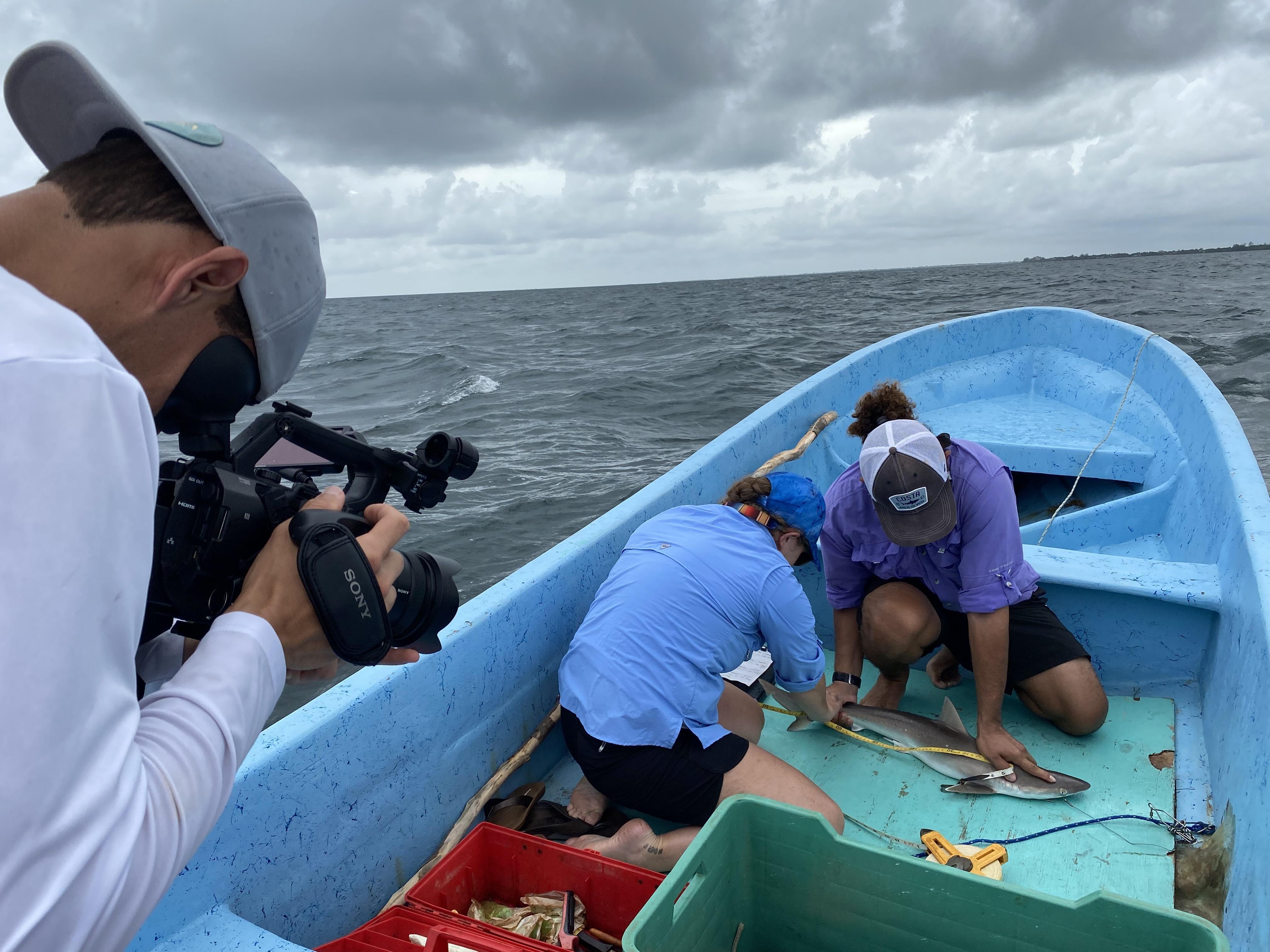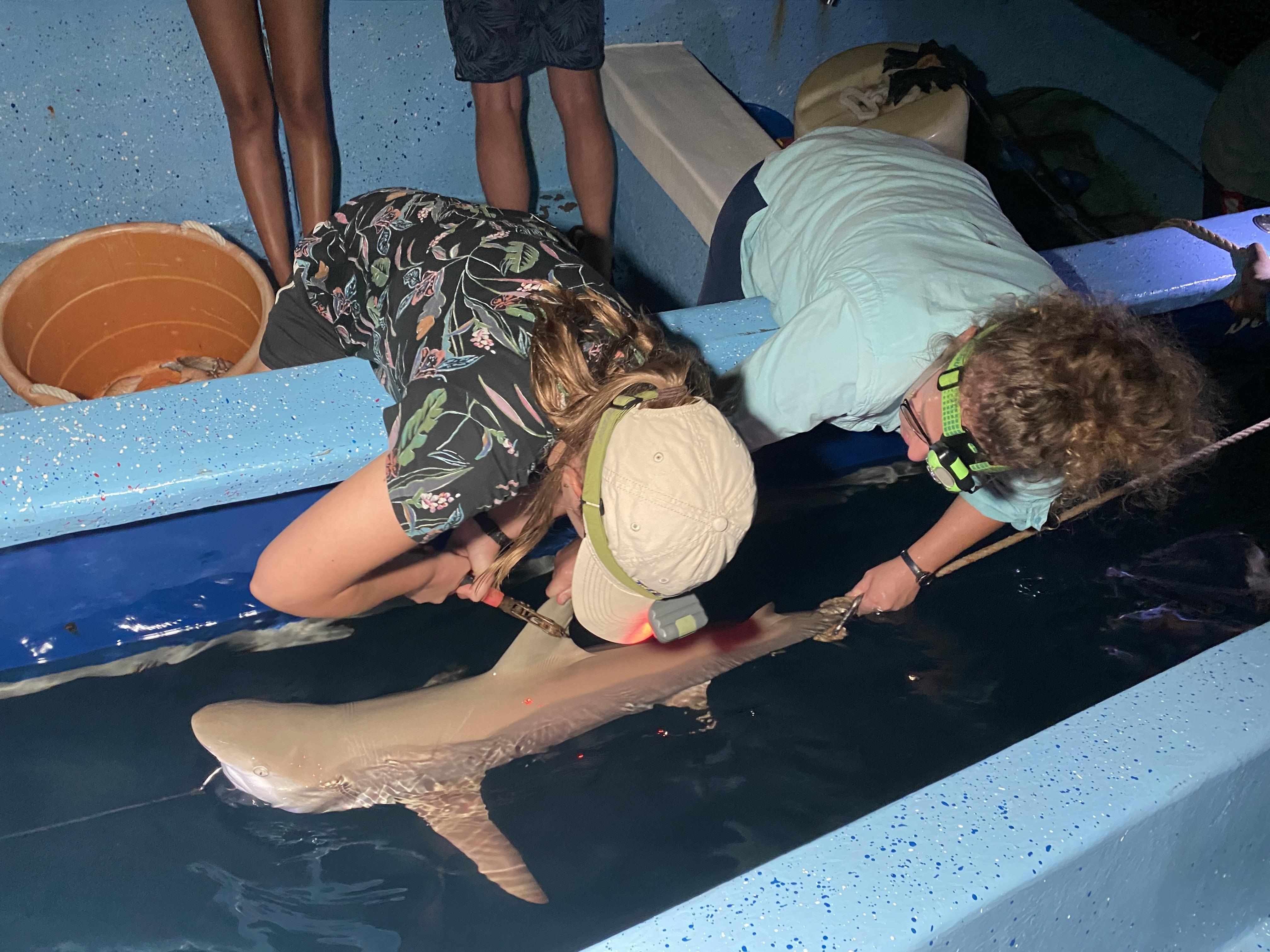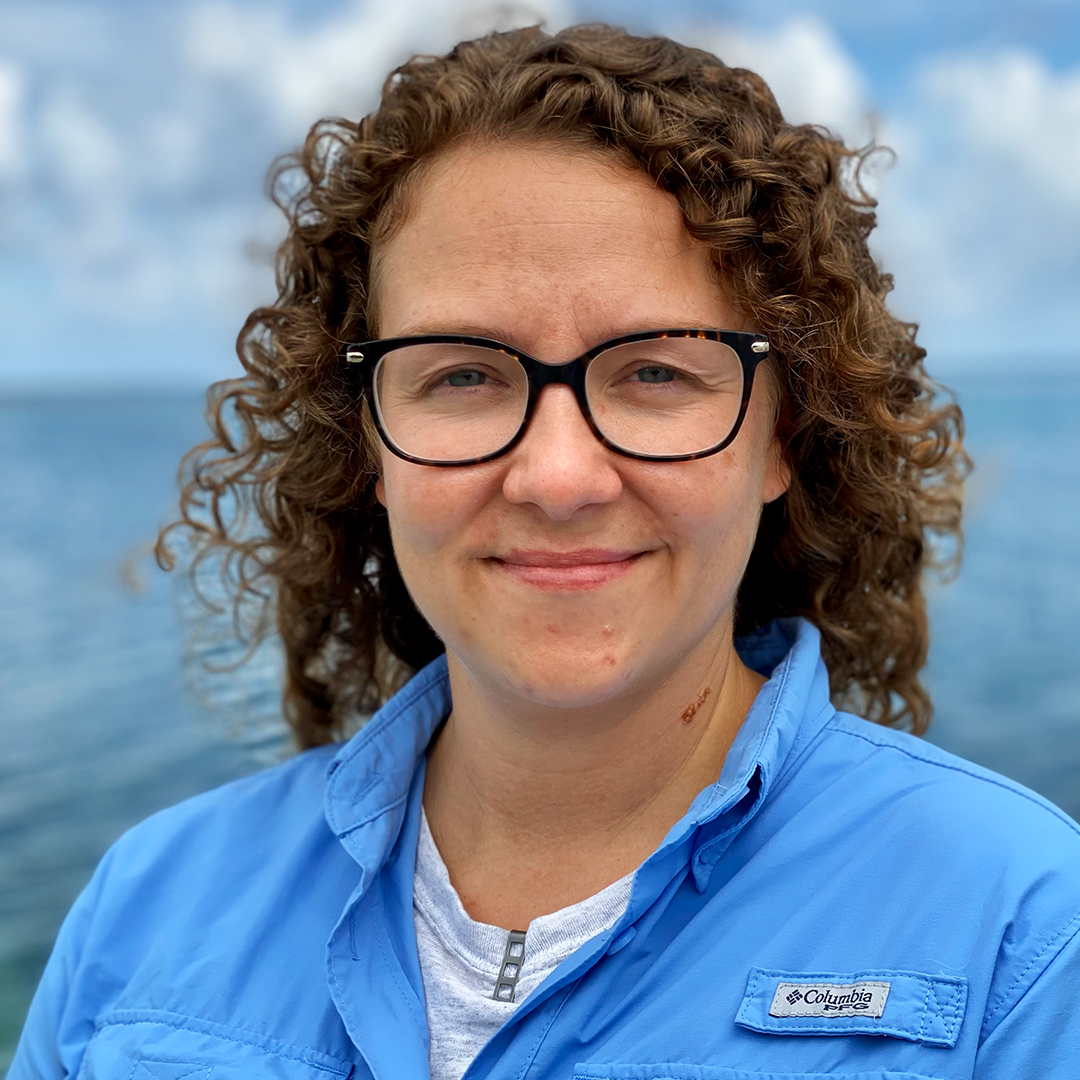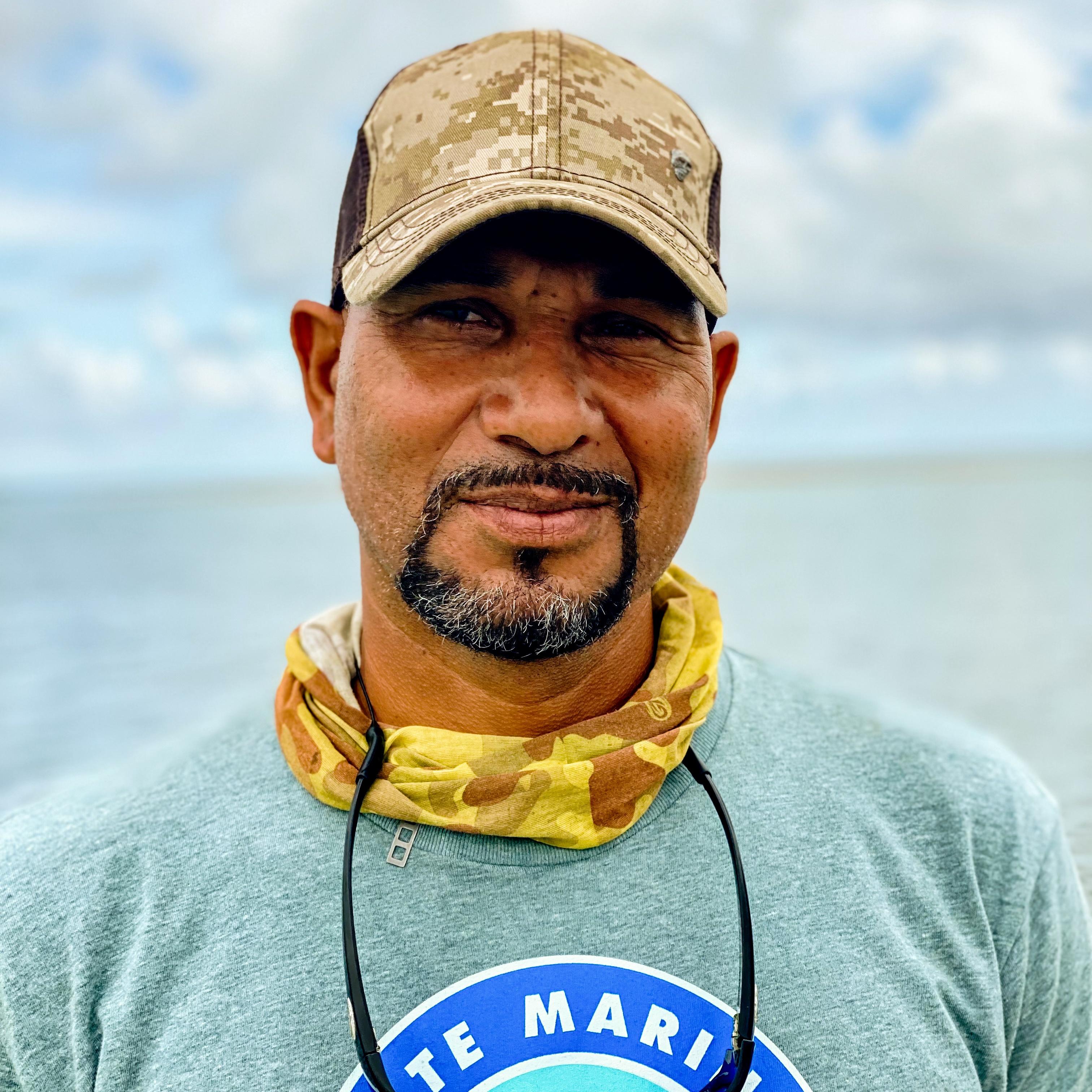Episode 1502: Sharks in Belize: Jaguars of the Sea
The Belize Barrier Reef is home to a diverse array of shark species, including lemon sharks, nurse sharks, tiger sharks, and Caribbean reef sharks. These top predators play an essential ecological role in the reef system and are paramount to the nation’s tourism and fishing industries. As such, the government of Belize actively works to strike a delicate balance between all the stakeholders of their marine areas.
In a pioneering collaboration, marine scientists, local fishers and fisheries managers are working together to collect data on shark abundance inside and outside of protected areas. These long-term surveys provide the Fisheries Department with what they need to manage shark populations sustainably. In addition, local fishers leverage their generational knowledge to help Belize fisheries managers and international scientists keep shark populations healthy for all.
Experts
Meet the experts featured in this episode.

Changing Seas

Changing Seas

Changing Seas

Changing Seas

Changing Seas

Changing Seas

Changing Seas

Changing Seas

Changing Seas

Changing Seas

Changing Seas

Changing Seas

Demian Chapman, Ph.D.

Changing Seas

Changing Seas

Changing Seas

Changing Seas

Changing Seas

Changing Seas

Changing Seas

Changing Seas

Changing Seas

Changing Seas

Changing Seas

Changing Seas

Changing Seas

Demian Chapman, Ph.D.

Demian Chapman, Ph.D.
Special Thanks:
Lost Reef Resort
Lot 1, Riversdale/Placencia General Delivery
Stann Creek District Belize, Central America
011-501-610-0816
Planet
Image Credits
Changing Seas would like to thank the following individuals and institutions who kindly allowed their footage, images and other media to be used in this production:
Demian Chapman, Ph.D.
Devanshi Kasana
Panthera/Brandon Thompson
Duarte Dellarole
Travel Photo & Video
Satellite Images
© 2023 Planet Labs PBC
Special Thanks:
Neri Monzon
Isela Martinez
Erick Armando Gutarez
Elio Guerra
Village of Riversdale
Belize Office of the Prime Minister
Rigoberto Quintana
Belize Department of Fisheries
Carlo Habet
S. Zayden
Jillian Fuller
Kim Vasquez
The Belize Film Commission
Dayne Vasquez
Belize Department of Civil Aviation
Stephannie Kettle
Olivia Cameron
Mote Marine Laboratory & Aquarium
Ralna Lewis
Nicole Auil Gomez
Gianelie Cuellar
Wildlife Conservation Society – Belize
Kenneth Gale and Herbert Eagan
Glover’s Reef Research Station
Chris Owen
Lost Reef Resort
Angela Ambrosini and Susie Weller
Panthera
Megan Zaroda and Anne Pellegrino
Planet Labs
Patricia Smith
Web Extras
Funding for this episode of Changing Seas was provided by:













